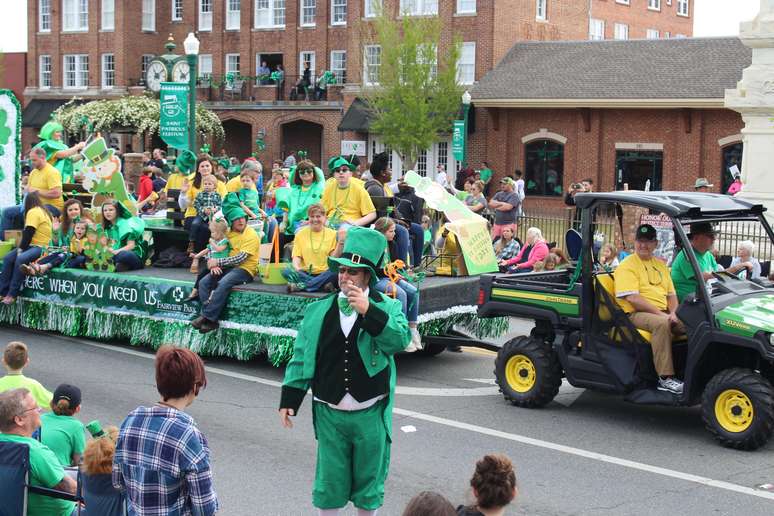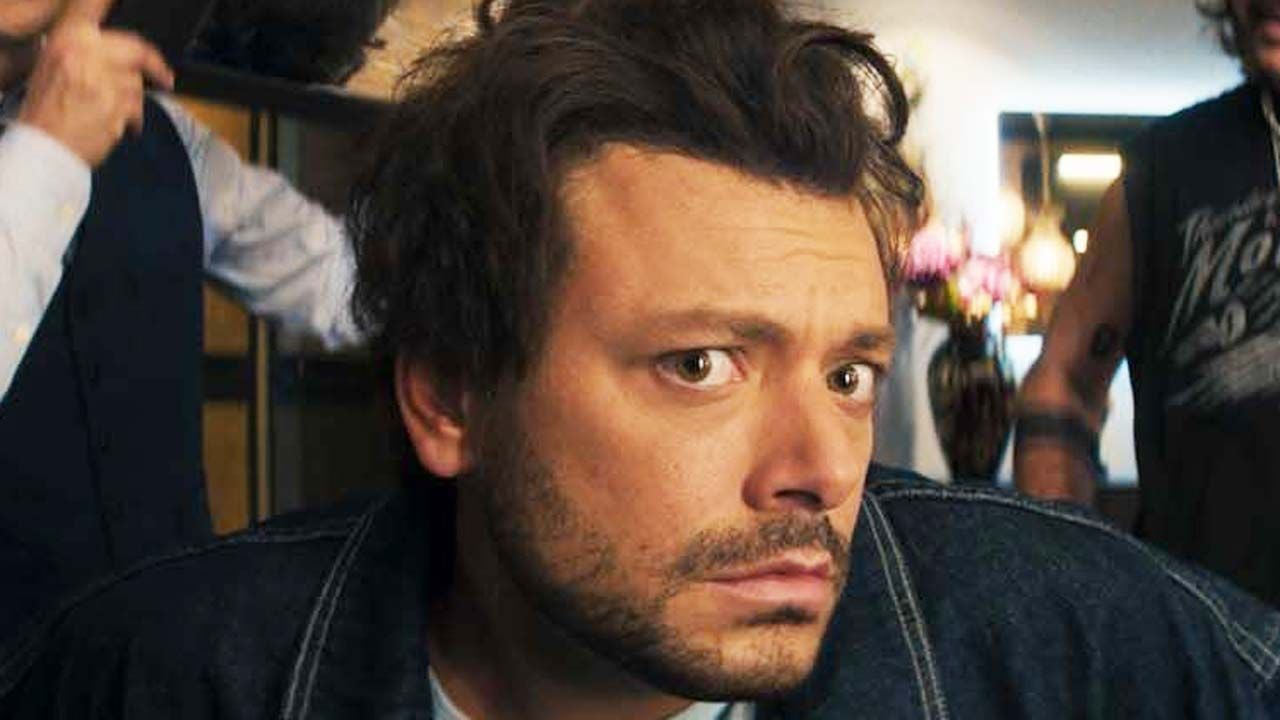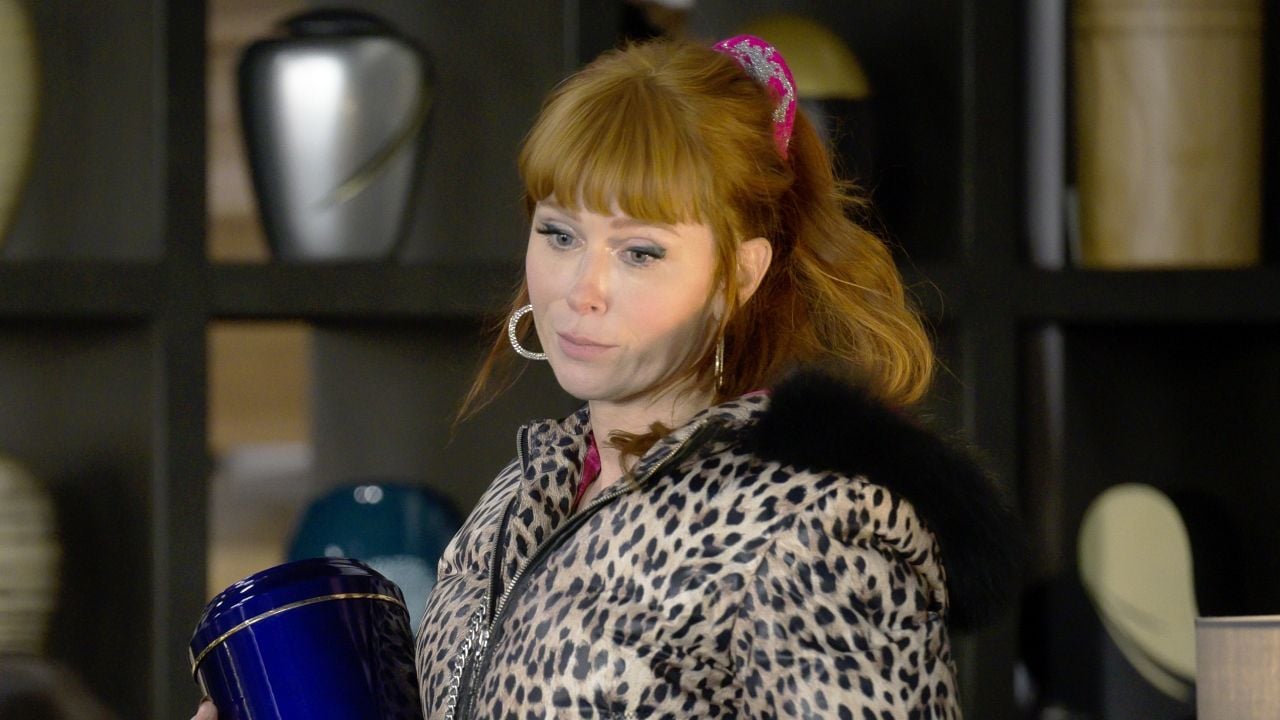Ireland’s patron saint is celebrated around the world with marching bands and lots of greenery
Green beer, green milkshake, green hat, green shirt… Palmeiras beating in the Campeonato Paulista? NO, St. Patrick’s Day! Since 1631 it has been tradition for Ireland’s patron saint to be celebrated on March 17.
Initially the event was just a religious celebration, today it has become a big party complete with green beer in the pubs. Drinking on the street is not a federal ban in Ireland, but in some cities, for example Dublin they consider the practice illegal even on St. Patrick’s Day.
The celebrations are not limited to the capital, but it is the epicenter of the celebrations. There the celebrations extend before and after March 17th. On the 16th, the Festival District to the National Museum of Ireland with free musical and dancing events in the morning.
The festival promises comedy, interactive shows, science shows, cooking workshops, Irish dance parties, debates on the country’s traditions and the presence of artists such as Niamh Bury and Grooveline.
The traditional on the 17th at 12pm St. Patrick’s Day Parade first performed in 1931. On this occasion, children and adults dress up in green clothes and accessories to watch dancers and musical bands parade through the streets.
There are also small floats at this monochrome carnival which starts at Parnell Square North and runs for 2.5km to St. Patrick’s Cathedral .
The theme of the 2024 chart is “Spréach”, the Irish word for “spark”. It is a metaphor for the different types of fire that are part of Irish culture: the flame of creativity, sport, music and the life of the people.
Around the world
Although typically European, the date is also celebrated in cities on other continents.
New York
As traditional as the Irish parade is New York’s, which has been taking place since 1762. The parade is the largest in the world, with 2 million people expected to take to the streets on March 16 this year. On 5th Avenue, where the bands begin the route, is St. Patrick’s Cathedral, the largest Catholic church in the city.
Chicago
Every year since 1962, the Chicago River turns green on the Saturday before St. Patrick’s Day. The coloration leaves the waters fluorescent for a few hours until the river returns to its normal color. On March 17, a grand three-hour parade takes place on Columbus Drive featuring the Shannon Rovers Irish Pipe Band, which has led the parade since 1956.
Canada
Vancouver annually hosts the St. Patrick’s Day 5k, a themed race Stanley Park Pavilion, March 16. First place wins US$200. Although there are no stops Vancouver or Ottawa this year, take place in Toronto, starting in St. George and ending on Dundas Street, and in Montreal, starting and ending at the corner of Fort Street.
Buenos Aires
In the capital of Argentina, which is home to the fifth largest Irish community in the world, El Dia de San Patricio will be celebrated with a parade on Piazza San MartinoIn Withdrawon March 17.
What’s behind St. Patrick’s Day
St. Patrick is remembered as the religious leader who converted Ireland to Christianity. The bishop was born in Britain and was captured by Irish privateers in the 4th century, aged 14. He thus arrived as a slave in the country of which he became the patron saint many years later.
As the story goes, St. Patrick converted to Christianity in search of some comfort to deal with the suffering of forced labor. After six years he managed to escape and became a priest in a French monastery.
He subsequently took over the diocese and was sent back to Ireland to carry out the mission of evangelizing the pagan Celts and building churches.
The shamrock seen everywhere on the streets is one of Ireland’s national emblems. This is because, according to legend, St. Patrick used the plant to explain the Holy Trinity (the Father, the Son and the Holy Spirit) to the pagans.
The goblins (elves) and the Celtic cross are other symbols of the day. The former are a pagan symbol represented by little men, dressed in green, who played tricks. The Celtic cross is part of the celebration, as it is believed that St. Patrick introduced it to Ireland.
For all the green spirit, blue was the first color associated with St. Patrick. The tone can be seen in the old Irish flags. The use of green began in the 18th century, when the shamrock became a nationalist symbol of the Irish Rebellion of 1798, which united Catholics and Protestants against the rule of Anglican England.
Find the best flights to Dublin
Source: Terra
Ben Stock is a lifestyle journalist and author at Gossipify. He writes about topics such as health, wellness, travel, food and home decor. He provides practical advice and inspiration to improve well-being, keeps readers up to date with latest lifestyle news and trends, known for his engaging writing style, in-depth analysis and unique perspectives.




-qdt8x3bmi3at.png)
![Everything for pre -light: What awaits you, on Friday of 18 July 2025 in 25 episodes [SPOILERS] Everything for pre -light: What awaits you, on Friday of 18 July 2025 in 25 episodes [SPOILERS]](https://fr.web.img3.acsta.net/img/97/ee/97ee1e7dca7b49fcd6404aae21a0bd6e.jpg)



